Table of Contents
What Makes A Caged Animal Dangerous?
People might be surprised to find out that some of the most dangerous animals in zoos, including lions and crocodiles, normally pose no threat to humans. They might make a run at you if they feel threatened or cornered, but they typically do not strike out on their own.
What makes most zoo animals dangerous is how often and easily they can come into contact with people and the surroundings in which we keep them and the habitats in which we try to recreate.
Among the most dangerous zoo animals are those that have been living among humans for centuries. In some cases, these animals aren’t even aware of how to survive in the wild anymore and need a lot of support from humans just to keep their populations alive.
Humans have had a long time to evolve with many of these animals, but we have not done much to change their natural instincts.
Animals that are known for killing humans in the wild become even more dangerous when they are kept in captivity with limited food sources and limited room to move around.
The fact is, you can’t cage up a predator without severely changing its behavior or without severely impacting its health.
Humans have been keeping dangerous animals behind bars for centuries, but the rise of zoos in recent decades has made it far more likely that you can see a wide variety of these predators up close and personal.
11 of the most dangerous zoo animals are all found within this list…
1) The Giant Spider Monkey (Ateles geoffroyi)

If you happen to visit the San Francisco Zoo in California, you are likely to come face to face with this very dangerous zoo animal. These primates often seem docile but they can turn quickly and can be extremely harmful. They have sharp teeth that can tear into human flesh very easily.
2) Tiger (Panthera tigris)

The tiger has been known to attack using its teeth and claws, but also often turns to biting humans with its paws as well. These zoo animals need space in order to feel secure, so they will try to attack if cornered. The tiger is just one of many zoo animals that are often misunderstood by visitors because they are not being shown in their natural habitats.
3) Lion (Panthera leo)
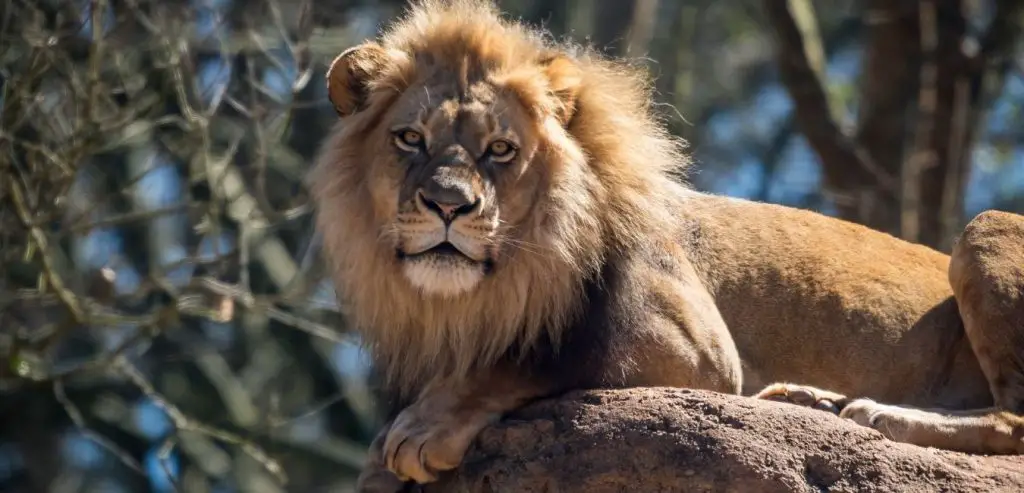
The lion can also be very dangerous to humans, but usually only when it feels threatened or cornered. When these beautiful creatures have the space they need they tend to be less dangerous. The overwhelming attention that these zoo animals get from visitors is often misinterpreted by the animal and visitors should take precautions, such as giving them their space and not getting too close for pictures.
4) Chimpanzee (Pan troglodytes)

Chimpanzees can also be very confusing to visitors because they are very similar to humans in their actions and behaviors. These zoo animals can seem cute, but they can be extremely dangerous when cornered or threatened. That is why the United States has started building more humane enclosures for these animals so that they do not feel threatened by crowded surroundings.
5) Hippopotamus (Hippopotamus amphibious is)
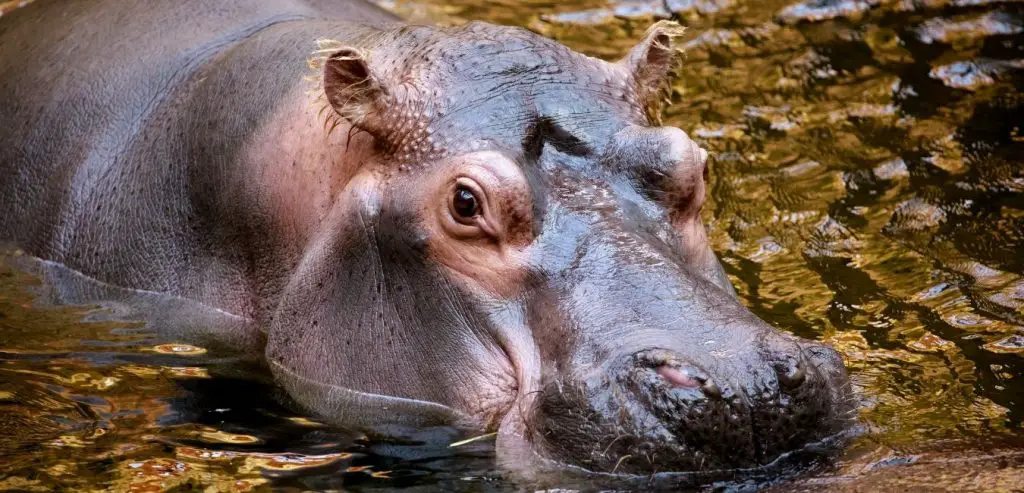
The hippopotamus another zoo animal that has the capability to snap and become extremely harmful. These seemingly harmless creatures can be very dangerous when they feel threatened, so visitors must always be sure to give them their space. They are herbivores with no natural predators, but if they are in an enclosure where they feel trapped they will do anything to escape.
6) Elephant (Elephantidae)
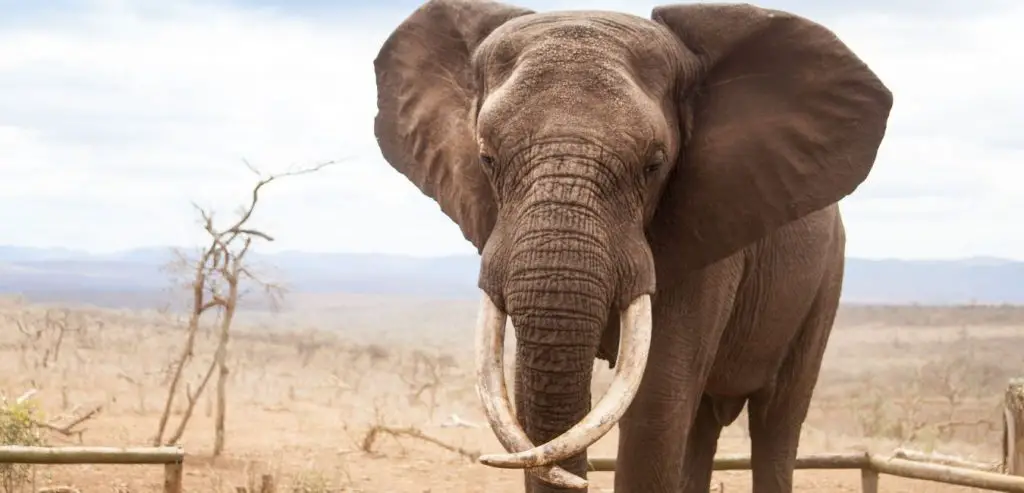
The elephant is the largest land mammal on Earth, which means that it can be very dangerous for humans to approach them without caution. These zoo animals are herbivores with one of the trickiest temperaments according to zookeepers. They often engage in actions that seem to be done for fun, but they can also cause serious harm. That is why it is so important not to get too close or try to touch them without being told you are allowed.
7) Komodo Dragon (Varanus komodoensis)
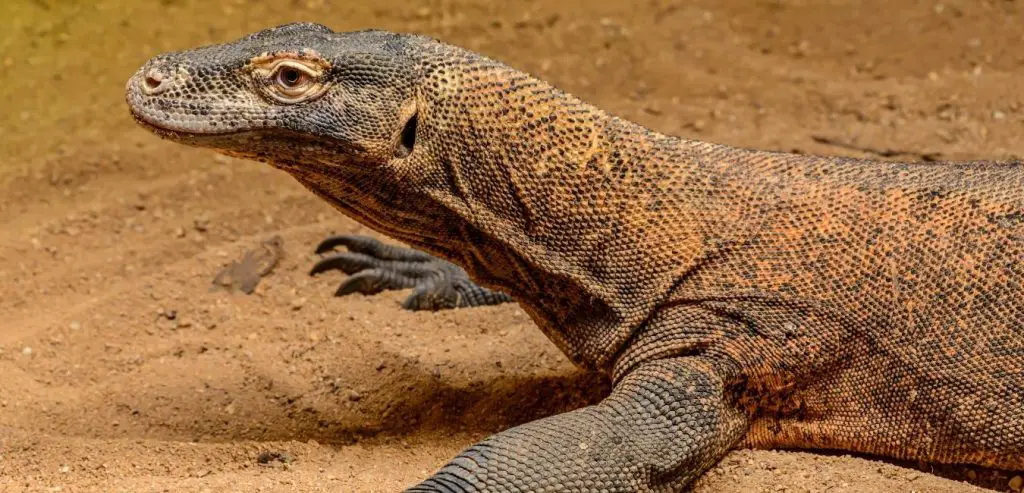
The Komodo Dragon is another zoo animal that many think is just a water dragon, but it is actually a monitor lizard with very sharp teeth and claws. These dangerous zoo animals typically only attack when approached, so visitors should leave them alone as much as possible. The Komodo Dragons have been known to eat anything from insects to mammals so they are also sometimes used for research purposes at zoos around the world.
8) Grizzly Bear (Ursus arctos)
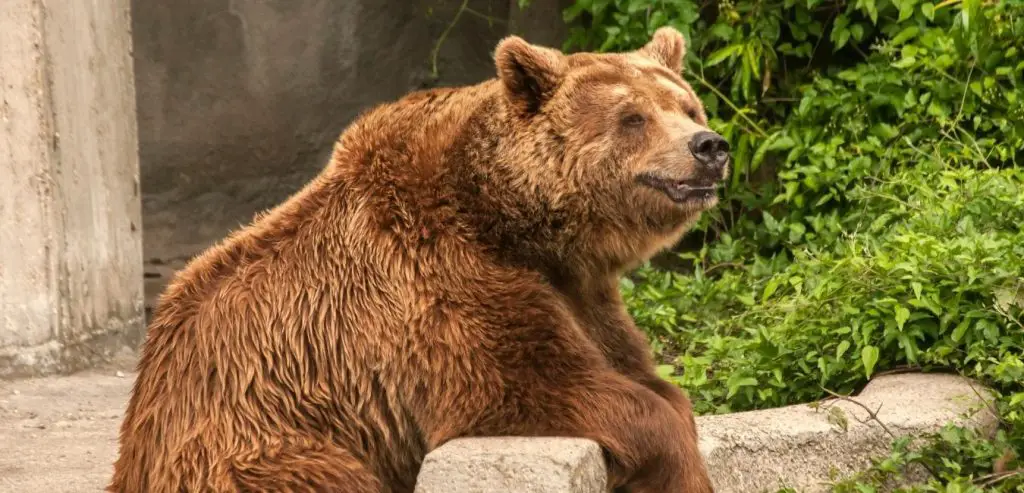
Another large land mammal that is best left alone by visitors of zoos. The grizzly bear can be very dangerous because it will try to protect its young and food as well as its territory. These zoo animals are generally docile, but they must have their space respected at all times.
9) Leopard (Panthera pardus)
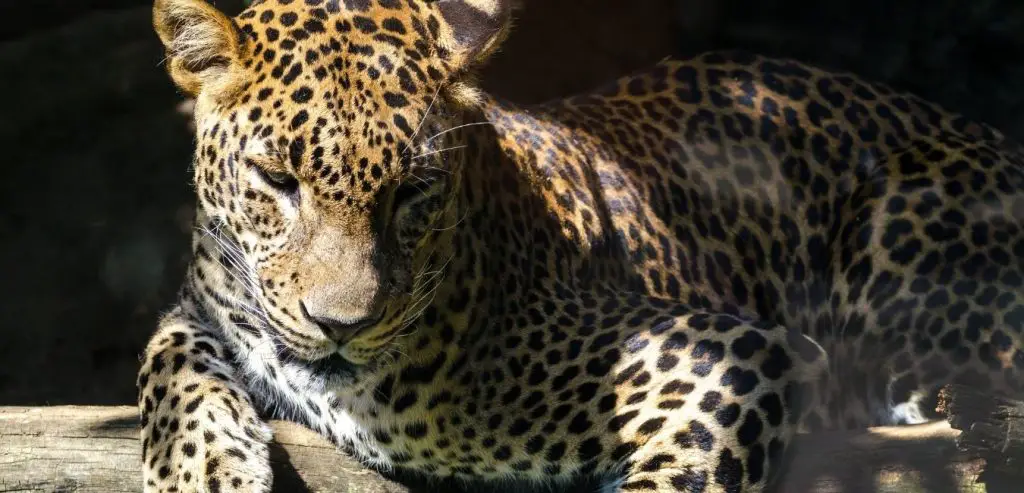
Leopards are another large cat that can be very dangerous when approached by zoo visitors, especially if they have young nearby. These creatures are solitary so it is best not to approach them because they could feel threatened or cornered. They have also been known to hide behind objects like trees and rocks to ambush their prey, so visitors should stay alert.
10) Gorilla
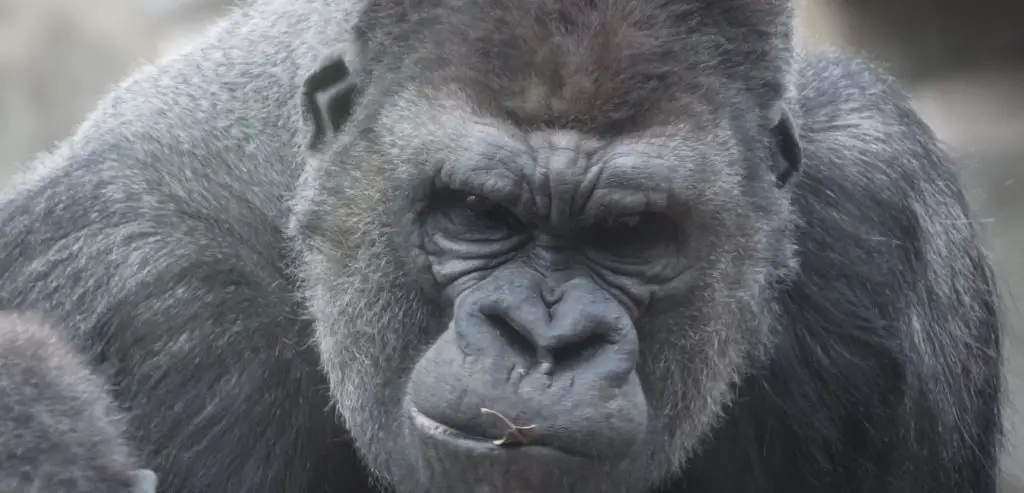
This gentle giant is one of the most dangerous zoo animals, at least in terms of sheer strength. These animals often reach weights of 600 pounds and they can be very aggressive as well as territorial. A silverback gorilla can snap a man’s arm like a twig with ease.
11) Great White Shark (Carcharodon carcharias)

The great white shark has been swimming the oceans for millions of years, and it is one of the deadliest killers in those waters. Like other sharks, a great white will often mistake a human for its favorite meal: a seal. Once the shark gets a bite of that person, it’s not going to let go unless something stops it from feeding.
Conclusion
Visitors to zoos should always be aware of the surroundings and be careful not to get too close to any zoo animals that are confined. These seemingly harmless creatures can often cause serious injury if they are provoked or feel threatened, so visitors should follow all signs and regulations when visiting a zoo.
